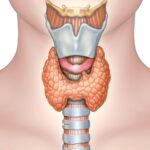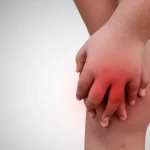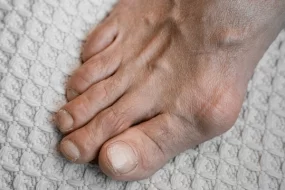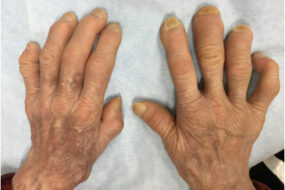- Home
- INTERNAL MEDICINE
- Loiasis
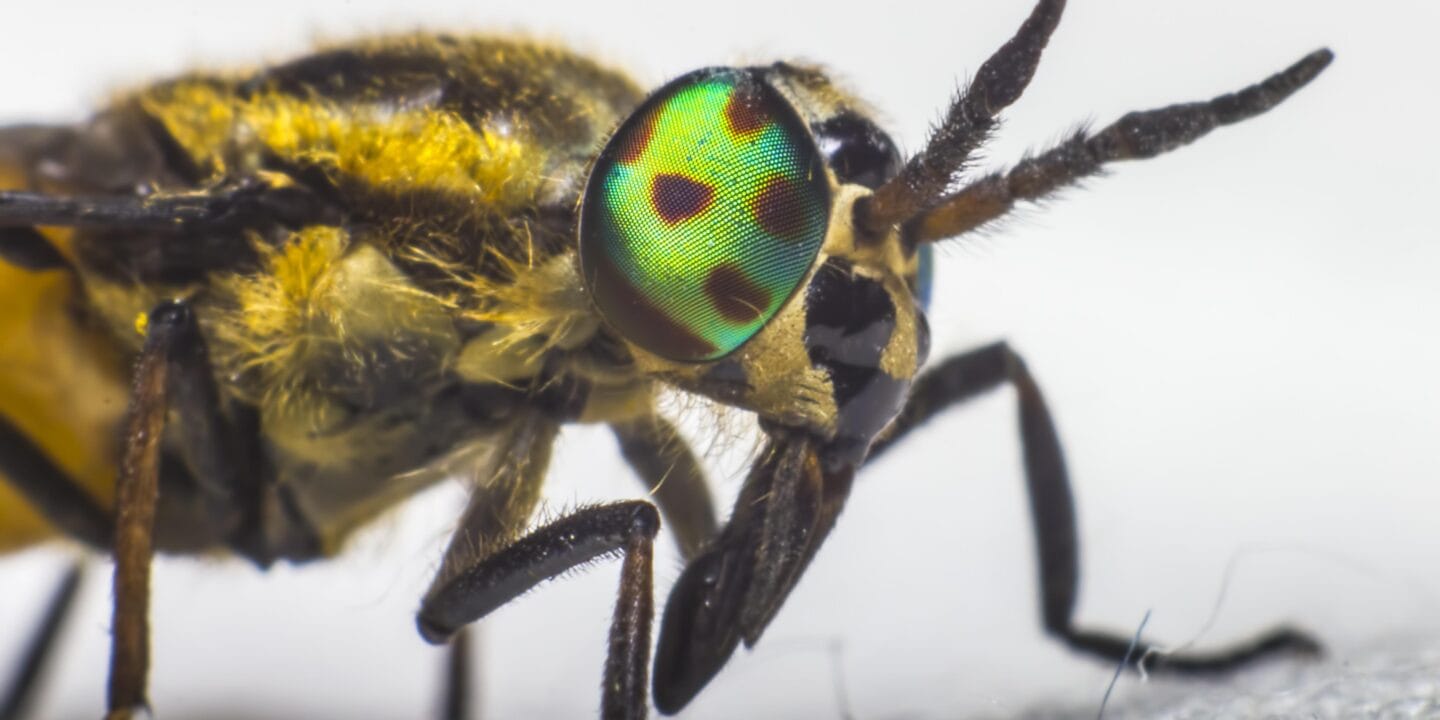
Loiasis, also known as African eye worm disease, is a parasitic infection caused by the filarial nematode Loa loa, transmitted to humans through the bite of infected deer flies (Chrysops species). It is primarily endemic in West and Central Africa, where the fly vectors are prevalent.
Etiology
- Pathogen: Loa loa is a filarial worm belonging to the family Onchocercidae. It is a dioecious organism with separate male and female worms, which can live for several years in human hosts.
- Transmission: The primary mode of transmission is through the bite of an infected Chrysops fly. When the fly feeds on a human, it transfers infective larvae (microfilariae) into the bloodstream, where they mature into adult worms.
Life Cycle
- Human Host:
- The adult female Loa loa releases microfilariae into the bloodstream, which can be detected in peripheral blood.
- Microfilariae can migrate to various tissues, including the conjunctiva of the eye, leading to characteristic symptoms.
- The lifespan of adult worms can reach up to 15 years, during which they produce microfilariae.
- Vector:
- When a Chrysops fly bites an infected human, it ingests microfilariae.
- Inside the fly, microfilariae develop into infective larvae, which can be transmitted back to another human during subsequent bites.
Clinical Presentation
- Asymptomatic Phase:
- Many individuals may remain asymptomatic, especially in endemic areas where the infection is common.
- Symptoms:
- Cutaneous Symptoms:
- Calabar swelling: This is a localized, migratory swelling that typically occurs in the extremities or on the face and is due to the inflammatory response to migrating adult worms or their larvae.
- Ocular Symptoms:
- The hallmark symptom is the appearance of the adult worm in the conjunctival sac, often referred to as the “eye worm.” This can cause:
- Eye irritation
- Conjunctivitis
- Corneal damage if left untreated.
- The hallmark symptom is the appearance of the adult worm in the conjunctival sac, often referred to as the “eye worm.” This can cause:
- Systemic Symptoms:
- Fever, arthralgias, and malaise may occur during the initial infection or during periods of increased microfilarial load.
- Cutaneous Symptoms:
- Complications:
- Severe ocular complications, including keratitis and uveitis, can occur if the adult worm is not removed.
- Rarely, systemic complications like eosinophilia and lymphadenopathy can arise due to hypersensitivity reactions to the larvae or adult worms.
Diagnosis
- Clinical Diagnosis:
- Diagnosis is often suspected based on the clinical presentation, especially the presence of Calabar swellings and the eye worm.
- Laboratory Tests:
- Blood Smears: Microfilariae can be identified in peripheral blood, especially during the day when they are most likely to be present (diurnal periodicity). Thick and thin blood smears may be performed.
- Serological Tests: Tests for specific antibodies against Loa loa may be helpful in endemic areas, though they are not widely available.
- Polymerase Chain Reaction (PCR): Molecular techniques can be used to detect Loa loa DNA in blood samples, offering a more sensitive diagnostic option.
- Imaging:
- Ultrasound may be used to visualize adult worms, particularly in cases of severe infestation.
Management
- Symptomatic Treatment:
- Pain management and topical anti-inflammatory medications for ocular irritation.
- Corticosteroids may be prescribed for significant Calabar swelling or inflammatory reactions.
- Antiparasitic Treatment:
- Diethylcarbamazine (DEC): The first-line treatment for loiasis, effective against both adult worms and microfilariae. The recommended dosage is:
- Adult dosage: 6 mg/kg/day for 3 weeks.
- Ivermectin: Used in some cases, particularly for patients who cannot tolerate DEC or have significant side effects. It is typically dosed at 150-200 µg/kg as a single oral dose.
- Caution is advised when treating patients with high microfilarial loads (≥30,000 microfilariae/mL) due to the risk of severe adverse reactions (e.g., Mazzotti reaction) following treatment with DEC or ivermectin.
- Diethylcarbamazine (DEC): The first-line treatment for loiasis, effective against both adult worms and microfilariae. The recommended dosage is:
- Surgical Intervention:
- In cases where the adult worm is present in the eye, surgical removal is indicated to prevent corneal damage and restore vision.
Prognosis
- The prognosis for loiasis is generally good with appropriate treatment.
- Most patients respond well to antiparasitic therapy and experience resolution of symptoms.
- Long-term complications are rare when the infection is treated promptly, although severe cases may lead to chronic ocular damage if left untreated.
Prevention
- Vector Control:
- Reducing exposure to Chrysops flies through the use of insect repellents, protective clothing, and habitat modification.
- Community-based vector control measures, such as environmental management and insecticide use, can help reduce transmission rates.
- Awareness and Education:
- Educating communities in endemic areas about the disease, its transmission, and preventive measures is crucial for controlling loiasis.


